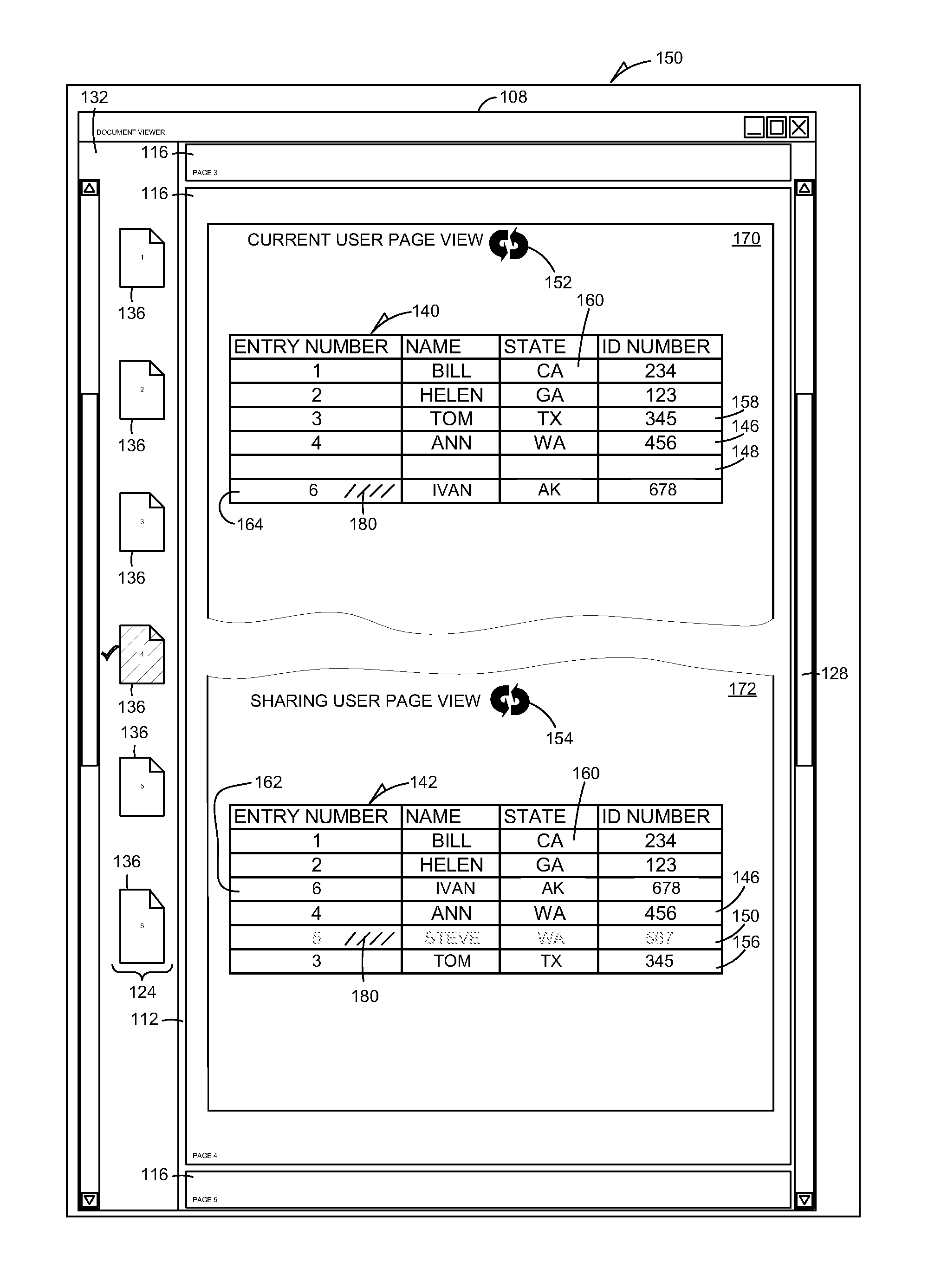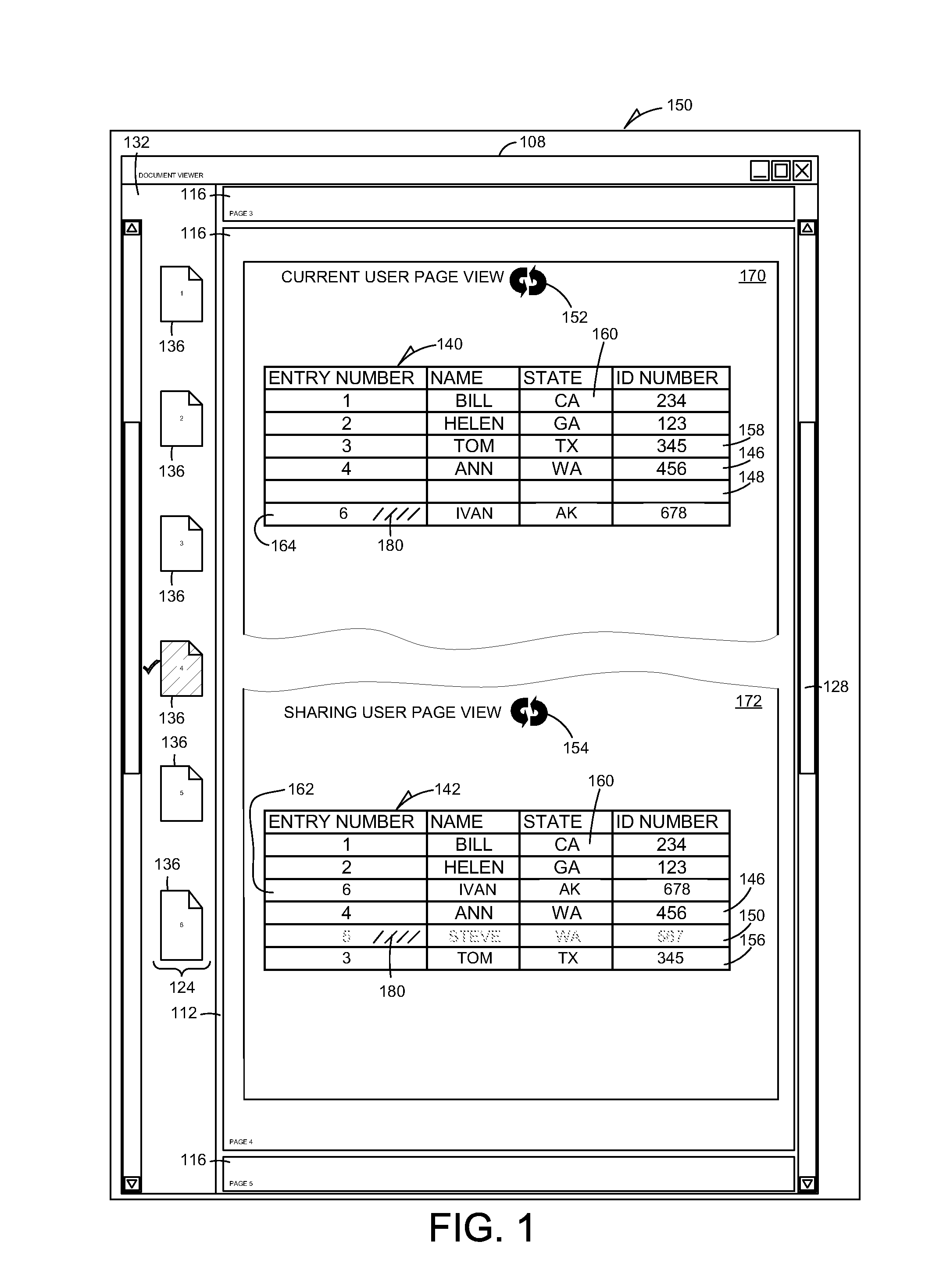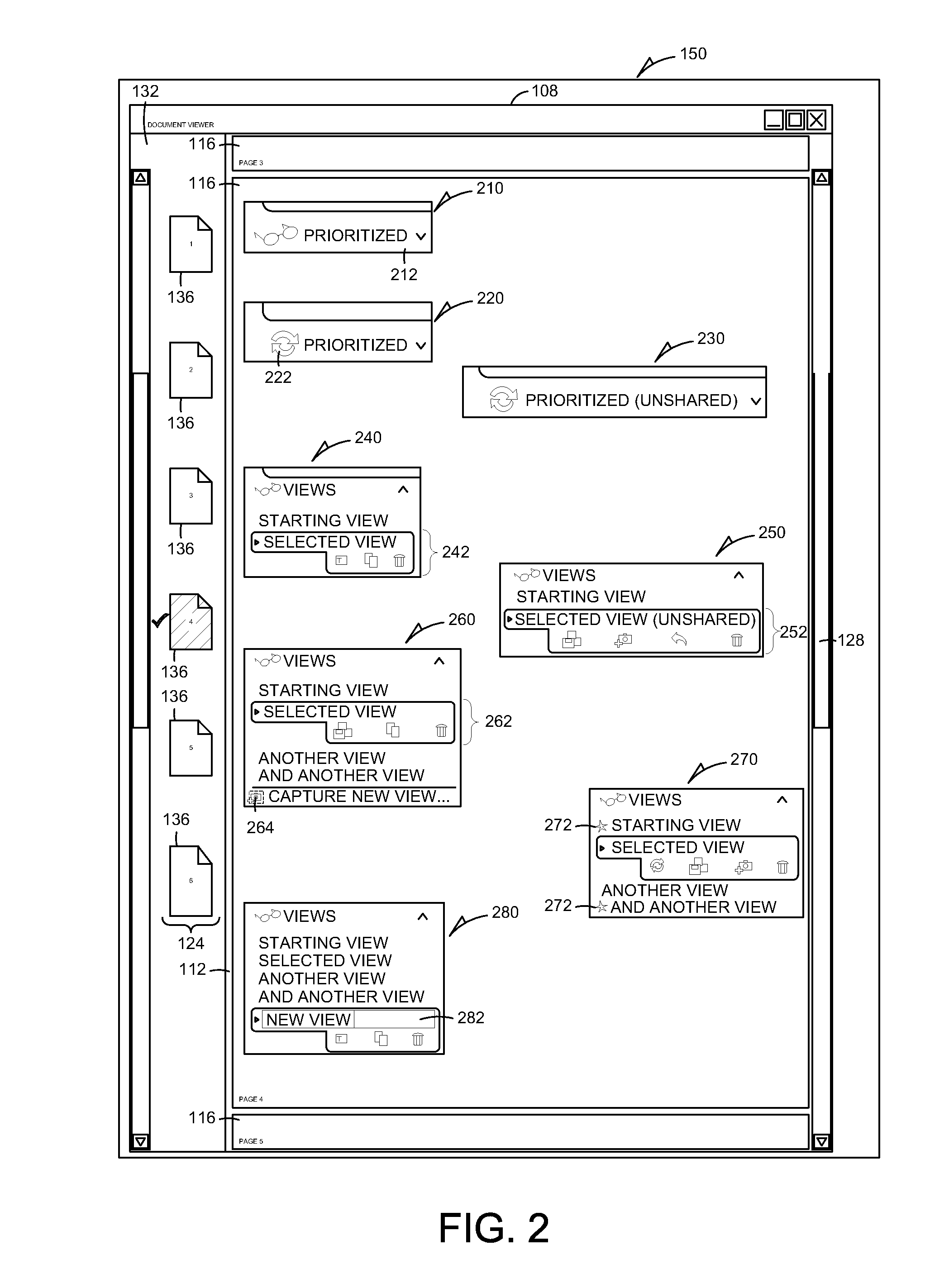Method and system for conditionally transmitting changes to information in a collaborative environment
a collaborative environment and information technology, applied in the field of conditional transmission of information changes in a collaborative environment, can solve problems such as reducing errors arising from conflicting updates between collaborating editors, complex management of collaborative editing operations, and affecting the quality of work of editors
- Summary
- Abstract
- Description
- Claims
- Application Information
AI Technical Summary
Benefits of technology
Problems solved by technology
Method used
Image
Examples
Embodiment Construction
[0010]Changes made to electronic content in a collaborative environment can be more easily managed when the changes are divided into two types: propagating changes and non-propagating changes. Examples of propagating changes include adding content, deleting content, changing the value of content, or adding / deleting fields (i.e., changes to field existence). Examples of non-propagating changes include changing a view specification for content sorting, content filtering, hiding content, un-hiding content, or the style of display used for content (e.g., the chosen font). In many embodiments, propagating changes made by a modifying user within a group of users are transmitted, in one form or another, to others in the group. Non-propagating changes are only selectively transmitted.
[0011]This makes for a dramatic departure from what has been done previously, where either no changes were transmitted, or all changes were transmitted, greatly enhancing the chances of disrupting group editing...
PUM
 Login to View More
Login to View More Abstract
Description
Claims
Application Information
 Login to View More
Login to View More - R&D
- Intellectual Property
- Life Sciences
- Materials
- Tech Scout
- Unparalleled Data Quality
- Higher Quality Content
- 60% Fewer Hallucinations
Browse by: Latest US Patents, China's latest patents, Technical Efficacy Thesaurus, Application Domain, Technology Topic, Popular Technical Reports.
© 2025 PatSnap. All rights reserved.Legal|Privacy policy|Modern Slavery Act Transparency Statement|Sitemap|About US| Contact US: help@patsnap.com



